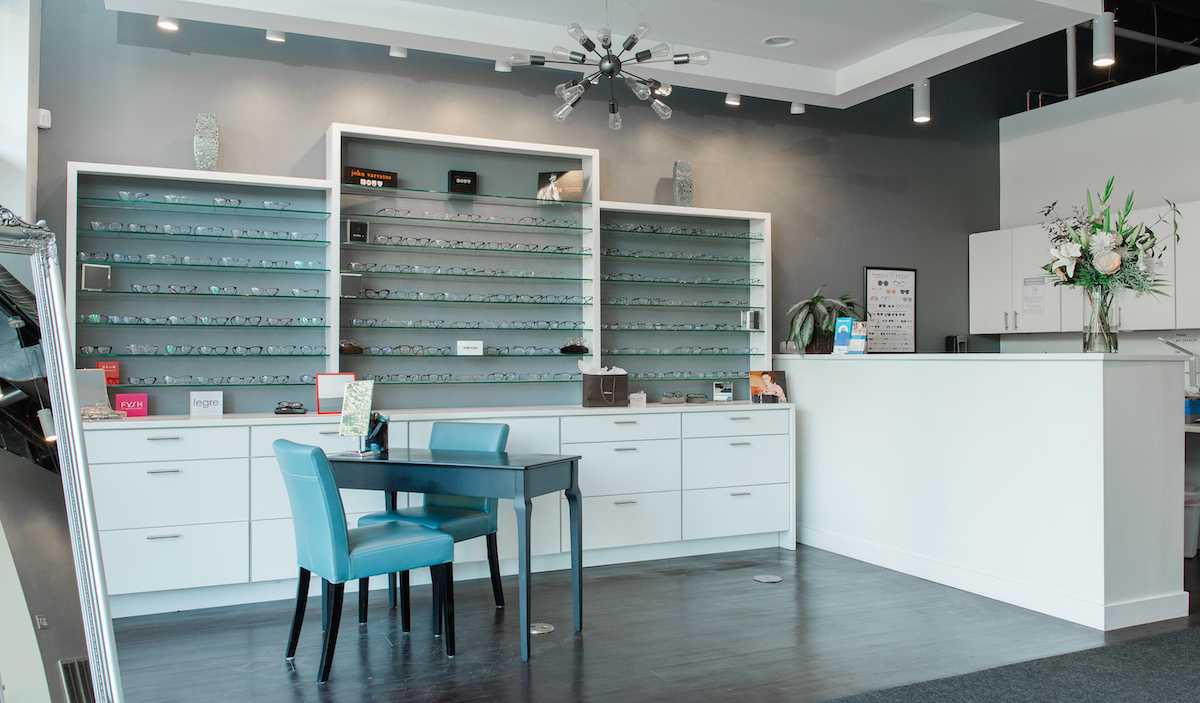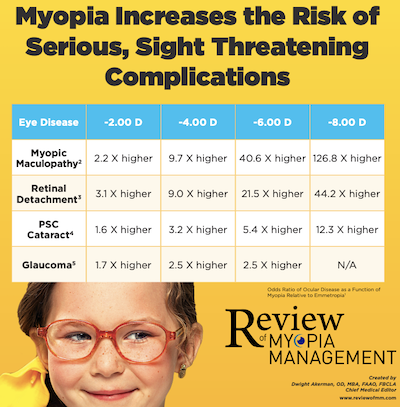Myopia Management at Focused Eye Care
Slow the progression of your child’s nearsightedness.
What is myopia?
Myopia, more commonly known as nearsightedness, is the inability to see objects clearly at a distance. Myopia develops when the length of the eyeball becomes longer, causing light to focus in front of the retina rather than directly on it. Myopia typically starts to develop in childhood and often progresses until about early adulthood.
Myopia is on the rise
Nearsightedness is a growing concern in the US and other countries. In the US alone, more than 40% of Americans have myopia and that number is increasing at an alarming rate, particularly amongst school-aged children. It is estimated that by the year 2050, roughly half of the world’s population will be affected by this eye condition. Many researchers believe the rise can be attributed to more time spent staring at screens and less time outdoors.
With increased myopia comes an increased risk of various sight-threatening complications including retinal detachment, cataracts, and myopic macular degeneration.
At Focused Eye Care, we specialize in providing treatment options to our patients. Learn more using the links below.


